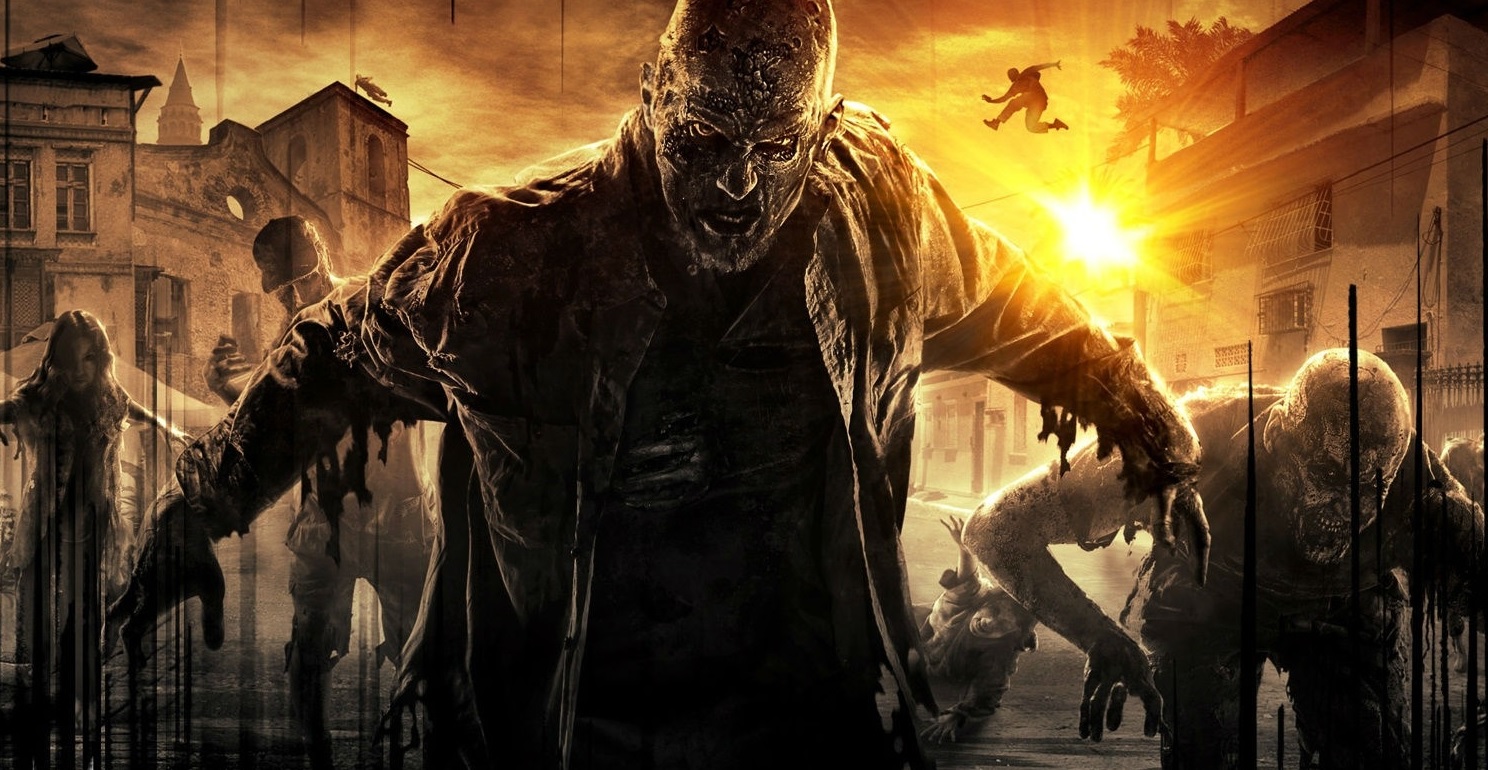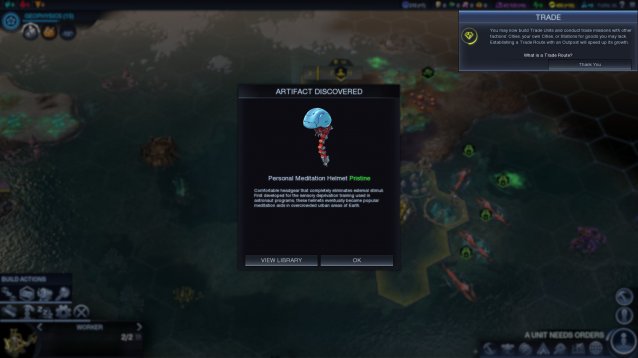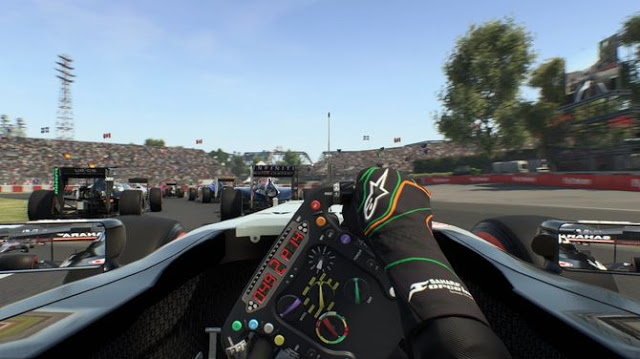

Tennis games are, by and large, some of the most easily accessible sports sims out there. The games are best when simple enough to grasp immediately and then put the focus on using tactics rather than grappling with a busy control scheme. 2K Czech understands this, and while it may seem a little odd to have the developers of Mafia II on a tennis game, it's not as if 2K's other studios did a bang-up job in the past. In stark contrast, this year's version is easily the closest the series has ever come to hitting that sweet spot between sim and arcade game.
As it should be, everything comes down to the controls, which blend a combination of taps and held button presses to determine flat spins (your go-to shot that balances accuracy and speed), top spins (more power/speed), lobs (high-arcing shots the sail over the head of players rushing the net) and slices (low, cutting shots). Triggers help modify shots, allowing for drop shots that force a run to the net or playing an inside-out shot to switch stance should you want to favor a stronger hand.
Your flat, top and slice shots are, of course, the bread and butter of any player, and it's in the tap vs hold options that Top Spin 4 really starts to show its depth and challenge. See, it's not just about hitting the right button, it's about hitting it at the right time, and with no clearly defined indicator of when to tap or press and hold, it all comes down to getting a feel for the rhythm of the game. Simply tapping the corresponding button issues a Control shot - great for placing the ball right where you want - but without a whole lot of oomph. Holding long enough to fully fill a little on-screen circle, on the other hand, changes the shot to a Power-focused option, sacrificing precision for far more speed.
It's an interesting setup, but one that's not immediately natural. Getting the timing is largely a trial and error process, and even after dozens of hours, we never did have the timing down pat. This wouldn't be a huge deal save for one fact: hit the button too late and the shot is downgraded in terms of speed and accuracy - something that could prove to be a game-ender if you're trying to play down the line. The discipline, then, becomes tapping or holding early enough to not blow the shot, but not so early that things just become a run-of-the-mill return. Getting a Good or Perfect rating vastly improves the quality of the shot, and so every single hit while playing is a kind of delicate but deliberate dance around an ephemeral sweet spot.
Top Spin 4's extensive training mode claims that releasing before the actual return animation starts is the key, but this is such a nebulous, inconsistent window that it's largely impossible to try to play based on when your player might hit the ball. Sure, it means most players will be constantly feeling out when they should be releasing the buttons, but it also means a less consistent feel to really nailing a shot. It's the core of the game, and it worms its way into every single challenge, from the one-off Exhibition matches to the Top Spin Academy lessons to the ridiculously meaty Online and Career Modes, and long after you've taken a created player to Level 20, you'll still be seeking out that magical sweet spot.
Across all modes, win or lose, your character earns XP (sorry, XPs in Top Spin parlance), which can be burned to increase stats, though upgrades are spent in three disciplines that then spread the stat bumps across multiple categories. One can opt to build up Serve and Volley, Offensive Baseline Play, or Defensive Baseline Play. This is pretty much what we've come to expect from a tennis game, though it's all pulled off as neatly as one could hope for.
You can also hire coaches in Career Mode. These progressively more effective tutors will boost key stats, but each comes with an extra set of objectives - stuff like hitting 90 flat spin shots or winning 35 points at the net - which unlock more boosts to stats. These are lost when a coach is let go, but they also provide minigames that permeate normal games, and they're surprisingly effective way to keep you mixing up your game. Completing multiple coach goals means there's a compounded set of boosts, which also encourages one to stick with things until the coach has nothing more to impart.
Interestingly, every "month" is split between either training with specific opponents or participating in more social events - charity games, spa visits, publicity appearances and more, all of which can help dole out XP or fans. Should you complete a calendar year, you're rewarded with extra fans/XP for your placement in a constantly-tallied set of series and leaderboards. Offline, this is sort of a lightly simulated collection of familiar names (Nadal, Williams, Federer, etc.), but online, it's actual players, encouraging more competitive play in the hopes of cracking into the "actual" leaderboards.




 The Walking Dead — Episode One: A New Day Walkthrough
The Walking Dead — Episode One: A New Day Walkthrough Destiny: The Taken King Tips - Hunter Nightstalker Subclass Guide
Destiny: The Taken King Tips - Hunter Nightstalker Subclass Guide Civilization: Beyond Earth Rising Tide Aquatic Cities Guide
Civilization: Beyond Earth Rising Tide Aquatic Cities Guide Secure a Career in IT Management with These Courses
Secure a Career in IT Management with These Courses F1 2015 (PC) All Setups
F1 2015 (PC) All Setups